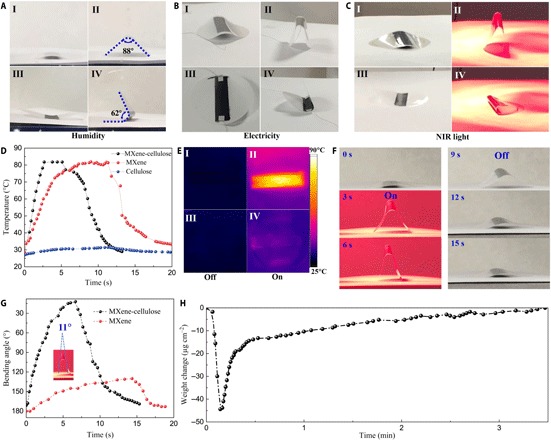Fig. 2. Multiresponsiveness capabilities and performance of the soft actuators.

(A) Humidity-responsive capability of the MXCC/PC bilayer-structured actuator [70% RH for AI and AIII, 10% RH for AII and AIV; the downward and upward directions refer to the active MXCC facing down (AI and AII) and up (AIII and AIV), respectively]. (B) Electricity-responsive capability of the MXCC/PC bilayer-structured actuator (power off for BI and BIII, and power on for BII and BIV). (C) NIR light–responsive capability of the MXCC/PC bilayer-structured actuator when NIR light was turned on and off with the active MXCC facing down (CI and CII) and up (CIII and CIV). (D) Temperature change profile as the NIR light was turned on (80 mW cm−2) and off for MXCC-, MXene-, and cellulose-based actuators. (E) IR images of MXCC- and cellulose-based actuators without (EI and EIII) and with (EII and EIV) NIR light illumination (80 mW cm−2). (F) Series of photographs showing the NIR light actuation process of the MXCC/PC bilayer-structured actuator. (G) Bending angle as a function of time during light turned on and off for the actuators based on MXCC and MXene, respectively. (H) Corresponding weight change as a function of time during light turned on and off for the MXCC/PC bilayer-structured actuator. (Photo credit: Guofa Cai, Nanyang Technological University.)
